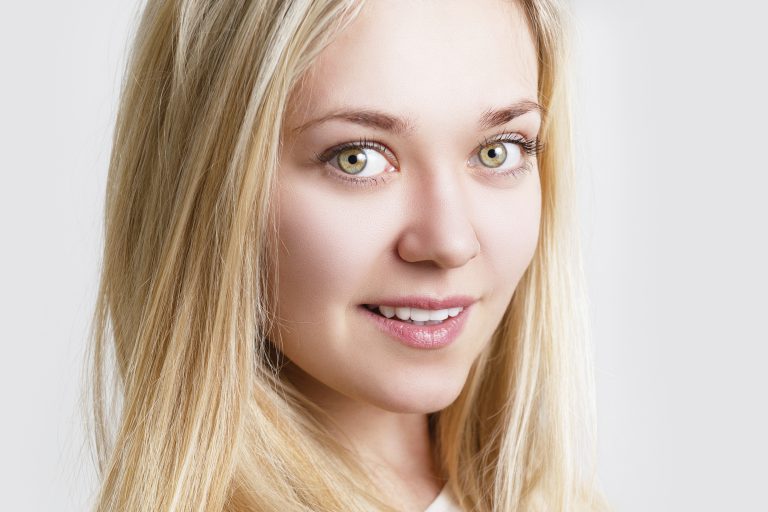The aging face results in the increase in laxity of the skin and the supporting tissue beneath. To correct the effects of aging consult a plastic surgeon to determine if you are a candidate for a facelift. In order to determine if a facelift is right for you it is important to know what is involved in the procedure, to see before and after photos of facelift procedures performed by Dr. John Kim click here.
The structure of the face is dependent on not only the skin and bone structure, but also the integrity of muscles, ligaments, and fat1. These structures in concert create the individuality of every face, are involved in facial expression, and form the deep creases and fat deposits seen in natural aging1. For example the zygomatic ligaments contribute to the formation of the midface groove and the malar bag seen as a sack of skin below the eye; the mandibular and masseteric ligaments border the jowl; parotid cutaneous ligament anchors the platysma muscle of the neck, and its relaxation could lead to a sagging of the jaw and neck. Ligaments, muscles and subcutaneous fat constitute what is called the soft tissue envelope, the area that is addressed in face lifts2.

In order to maintain facial identity during a facelift the plastic surgeon will preserve the ligaments of the face. The role of ligaments is to anchor the skin to the underlying bony structures2. When these ligaments lose their tension the skin will descend and the underlying structures will begin to sag and create deep creases2. The ligaments originate where connective tissue structures form the borders of superficial compartments of fat3. Loss of volume in these fat compartments leads to changes in facial contour, which contribute to the deep creases of aging2,3. In between the skin and muscle layer lies the superficial musculoaponeurotic system (SMAS) which connects the muscles of facial expression to the skin, and covers cranial nerve VII, the facial nerve; to learn more about damage to the facial nerve refer to Dr. John Kim’s article2. The ligaments of the face attach the SMAS to the bones of the skull and deep fascia4.

During a facelift the surgeon will reposition the underlying muscles and fatty tissue, then re-drape the skin in order to create a more natural look. By pulling the SMAS, the drooping can be resolved4. On the right hand side of figure 1, A designates the point where the surgeon begins the dissection. The box labeled B is the area that needs to be tightened. The skin and SMAS flap are pulled and replaced create a rejuvenated younger look. The incision is often minimal in size and where it can be hidden, such as behind the ear or along the hair line, click here to see photos of patients after surgery5.
The facelift procedure is not as simple as just pulling back the skin. The surgeon will need to keep in mind the anomalies seen in every body and enter the layer below the skin with caution to avoid damaging any crucial structures6. Permanent serious injuries are seen only in 0.1% of cases6. A facelift is a surgical invasive procedure, and there is the option to choose non-surgical treatments such as Botox injections, dermabrasion, and dermal filler treatments. Schedule a consultation with Dr. John Kim to determine what procedure will be best for you.
1.Cotofana, S., Fratila, A. A., Schenck, T. L., Redka-Swoboda, W., Zilinsky, I., & Pavicic, T. (2016). The Anatomy of the Aging Face: A Review. Facial Plastic Surgery, 32(03), 253-260.
2. Wan, D., Small, K. H., & Barton, F. E. (2015). Face Lift. Plastic and reconstructive surgery, 136(5), 676e-689e.
3. Prendergast, P. M. (2013). Anatomy of the face and neck. In Cosmetic Surgery (pp. 29-45). Springer Berlin Heidelberg.
4. Alghoul, M., & Codner, M. A. (2013). Retaining ligaments of the face. Aesthetic Surgery Journal, 33(6), 769-782.
5. McCarty, M. L., & Brackup, A. B. (2005). Minimal incision facelift surgery. Ophthalmology clinics of North America, 18(2), 305-10.
6. Roostaeian, J., Rohrich, R. J., & Stuzin, J. M. (2015). Anatomical considerations to prevent facial nerve injury. Plastic and reconstructive surgery, 135(5), 1318-1327.
